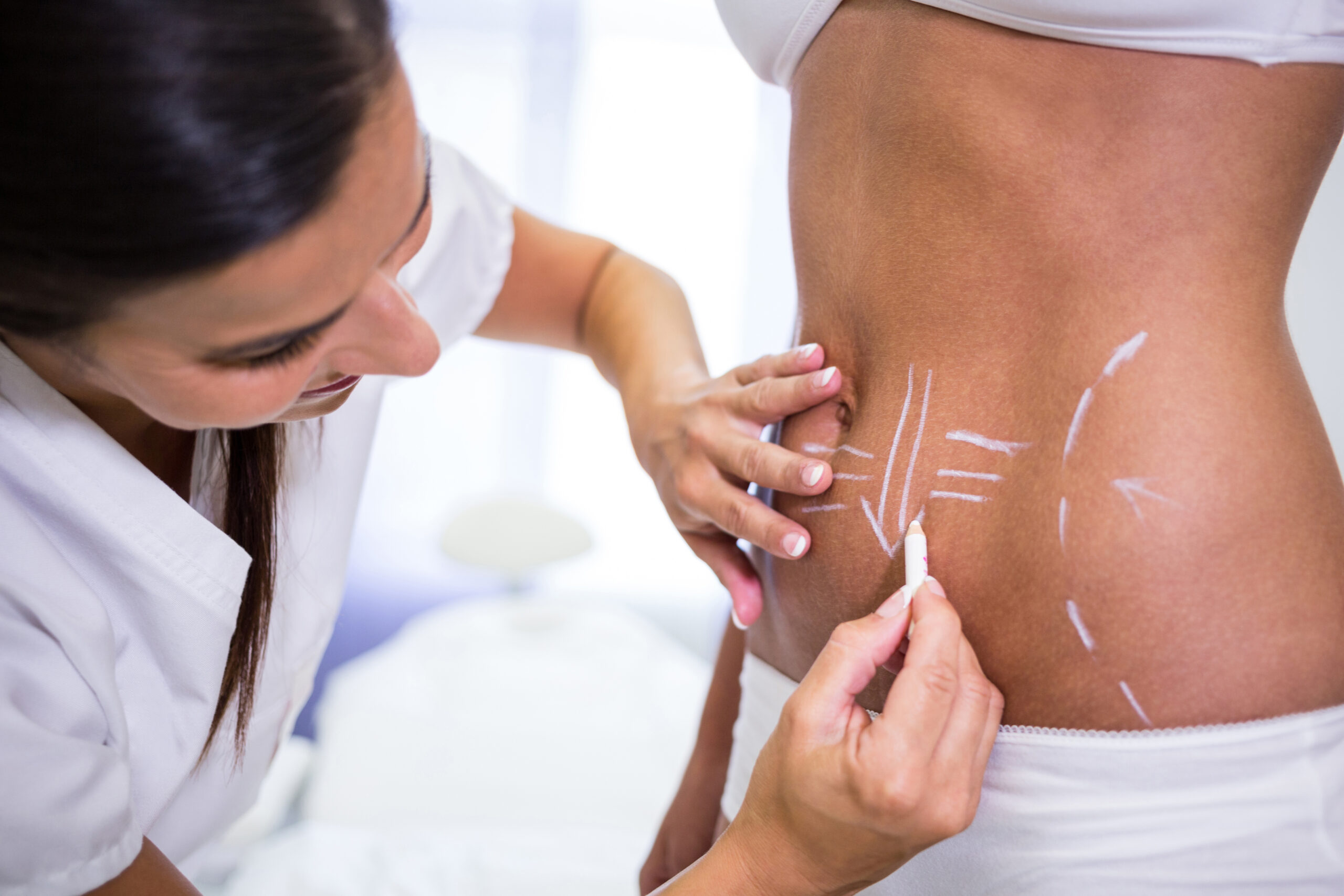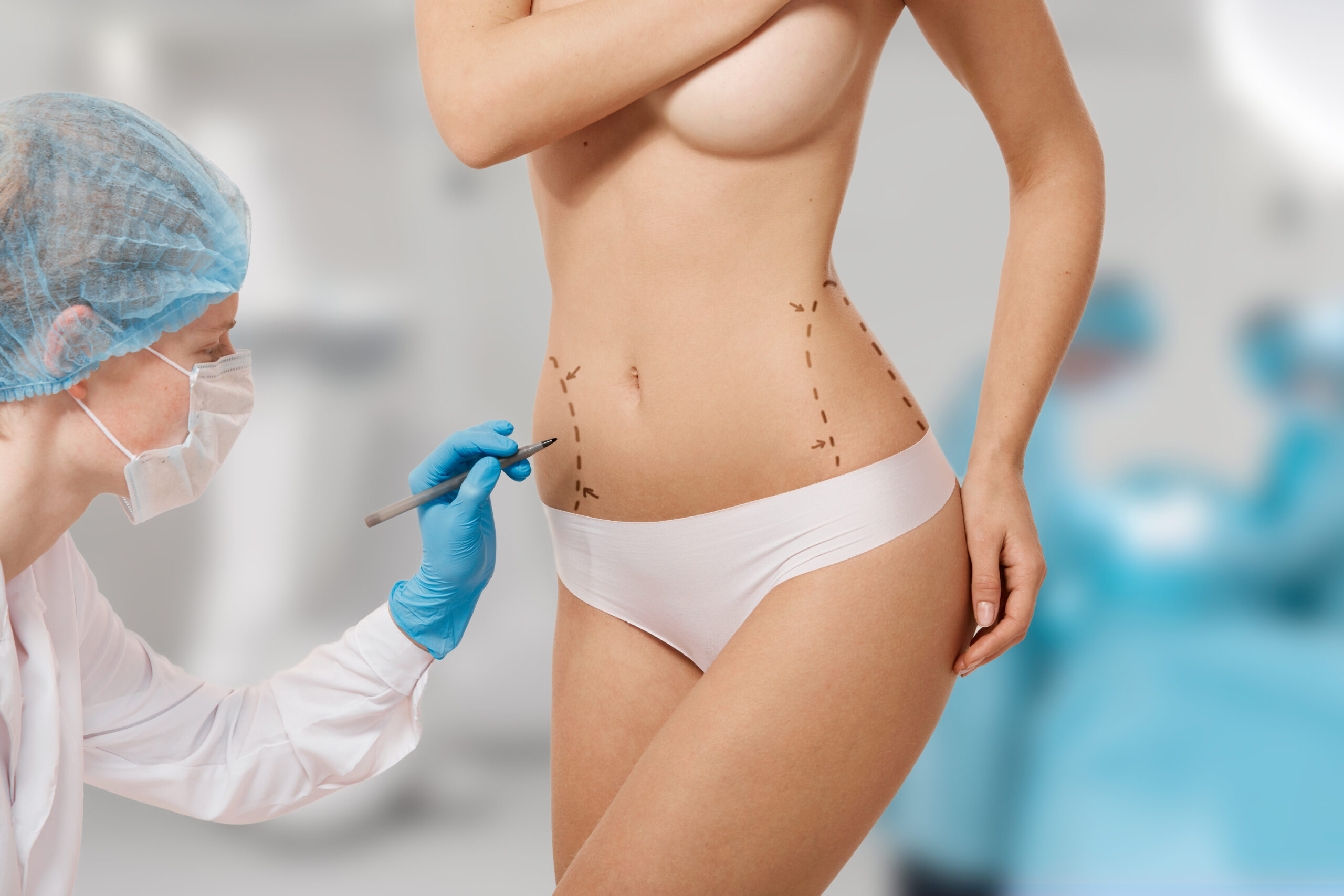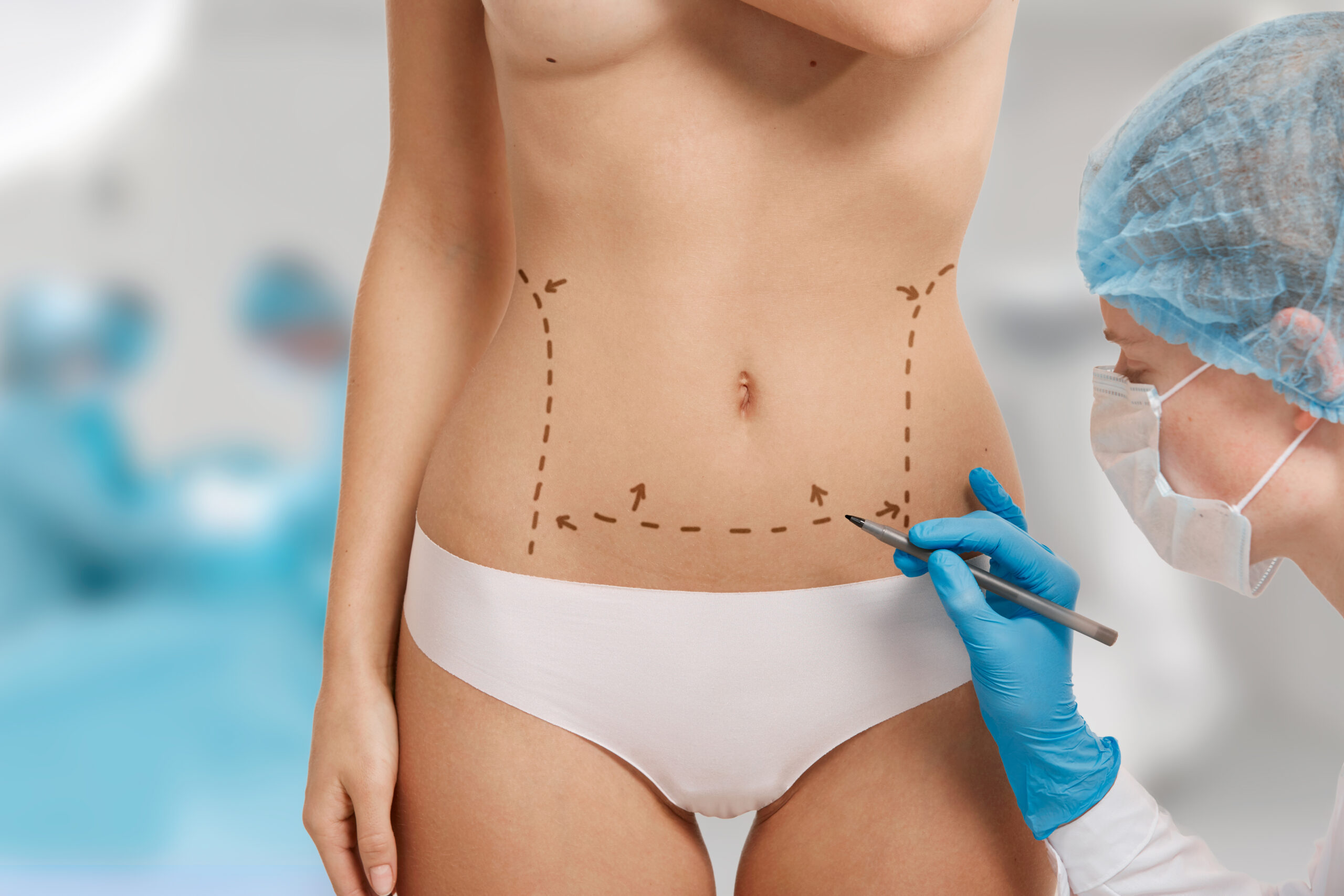


TUMMY TUCK
A tummy tuck, also known as abdominoplasty, removes excess fat and skin and restores weakened muscles to create a smoother, firmer abdominal profile. The aim is to remove excess skin on the tummy that cannot be removed through exercise. The tummy tuck procedure is often needed in women who have given birth. During pregnancy, the abdomen is severely expanded with an abdominal wall and abdominal muscles. It is therefore, advised being to perform tummy tuck after pregnancy. There may also be need of a tummy tuck surgery in men or women who have gained or lost a lot of weight.
How is tummy tuck performed?
There are two types of abdominoplasties, and both are done under general anesthetic.
- Complete abdominoplasty. This option is for patients who need the most correction. The surgeon will cut your abdomen from hipbone to hipbone and then contour the skin, tissue, and muscle as needed. The surgery will involve moving your belly button, and you may need drainage tubes under your skin for a few days.
- Partial or mini abdominoplasty. Mini-abdominoplasties are done with shorter incisions and are often performed on people who have less excess skin. During this procedure, the surgeon most likely will not move your belly button, and the procedure may only take up to two hours, depending on your case. As with the complete abdominoplasty, you may or may not have drainage tubes after surgery.
After your tummy tuck, your incision site will be stitched and bandaged. Your surgeon will have you wear an elastic bandage or compression garment after surgery.
Who are good candidates of this surgery?
- You do not have systemic diseases
- You are not overweight
- You have loose abdominal tissue and poor subcutaneous fat tissue
- You complain of the sagging skin
- You complain of skin cracks/striae.
- You are physically healthy and at a stable weight
- You have realistic expectations.
- You are a nonsmoker.
- You are bothered by the appearance of your abdomen
In general, tummy tuck patients typically have the following characteristics:
- Loose skin around the belly, including sagging skin below the waistline
- Patients with loose abdominal tissue and poor subcutaneous fat tissue,
- Stretch marks around the abdomen
- Damaged fascia causing irregularly-shaped muscles visible through the skin
Candidates who see the best results are:
- Patients who are physically healthy and at a stable weight
- Nonsmokers
- Patients with realistic expectations
Benefits of the tummy tuck procedure
- Strengthens Your Core
- Minimize the Risks for Certain Medical Conditions.
- Hernias relief
- Improved Control Over Bodily Functions.
- Better posture and improved abdominal tone
- Reduction in Urinary Incontinence Symptoms
Recovery & Results
In general, you can leave the hospital 1 or 2 days after your abdominoplasty.
Your abdominal incision and bellybutton will be covered with surgical dressing. Small tubes will be placed along the incision site to drain any excess blood or fluid. Drains will be left in place for a couple of days after surgery. Your doctor will show you how to empty and care for your drains. Swelling is to be expected in the surgical area. You need to wear a supportive abdominal garment for about six weeks after your tummy tuck. This helps prevent fluid buildup and provides abdominal support while you heal. You might need up to 6 weeks to get back to your normal daily routine. The final results of tummy tuck surgery may take 6 – 12 months to fully develop. The results are usually long lasting if you maintain a stable weight.

Quick support
24 Hour
Haır Transplant
Assistance
You can reach us from our 24/7 whatsapp line.
TESTIMONIAL







